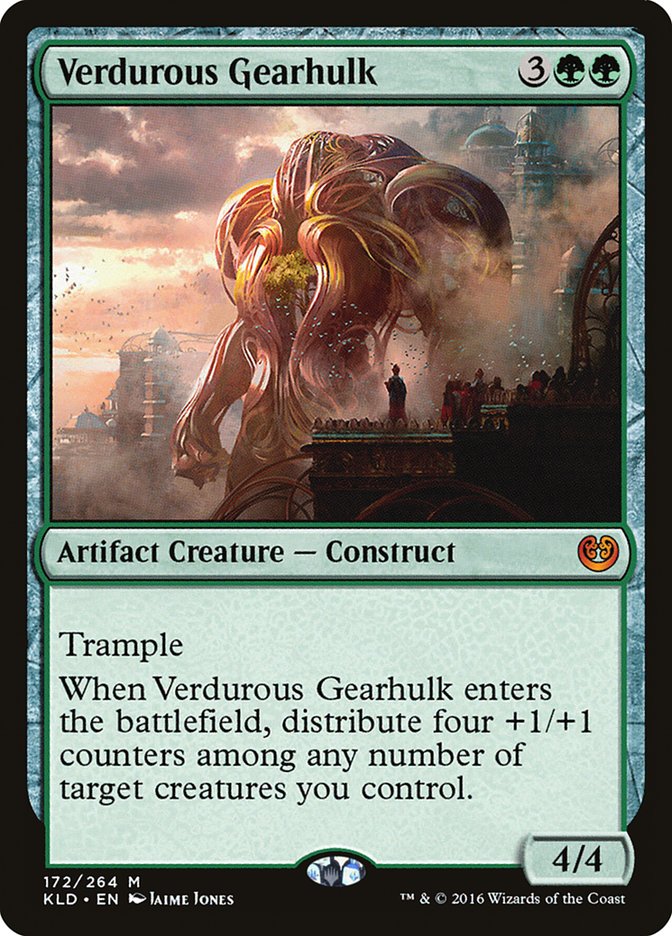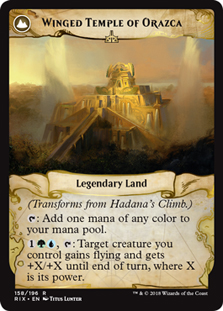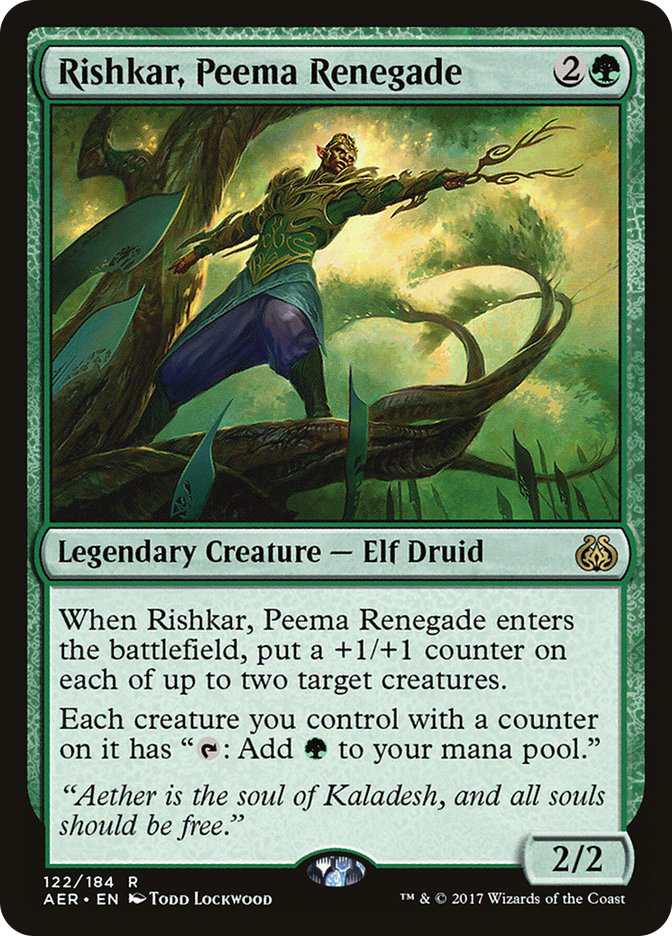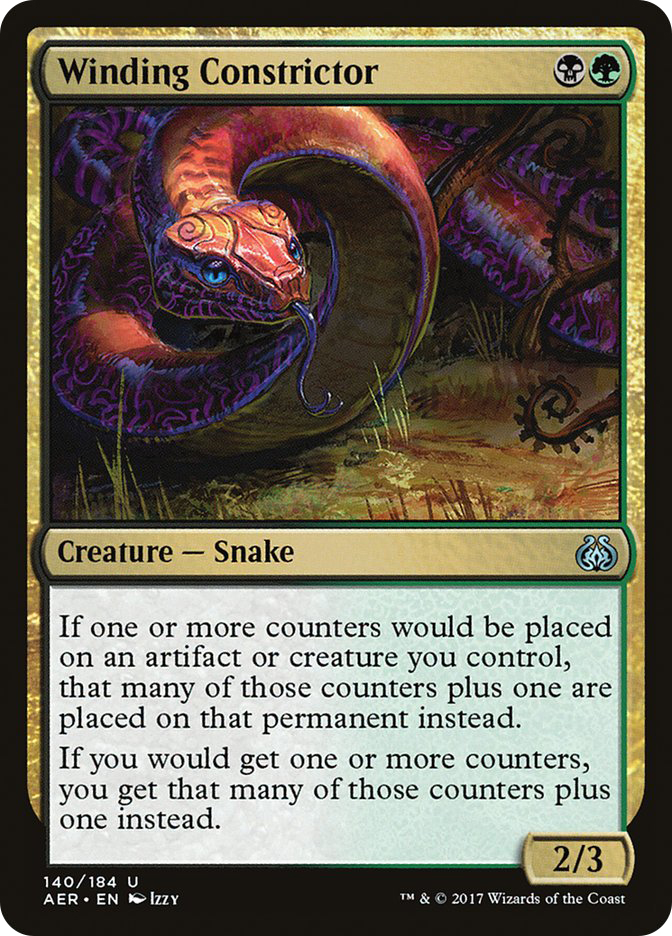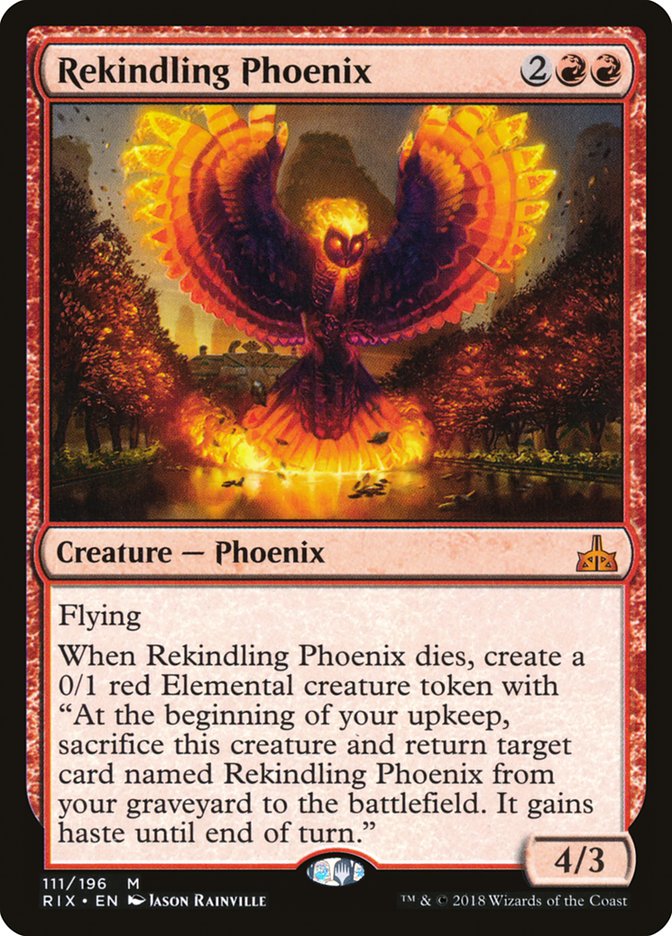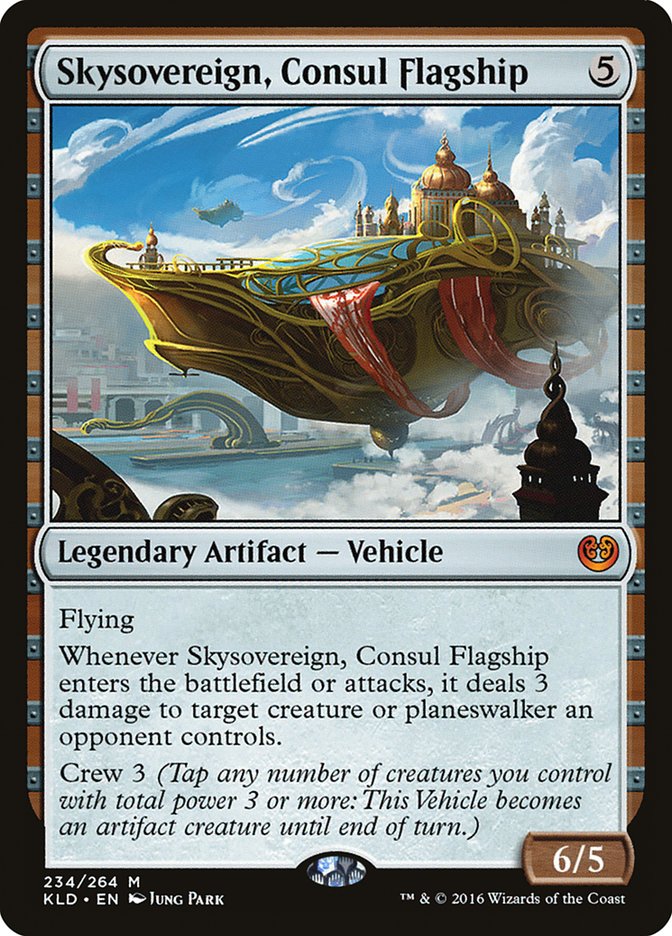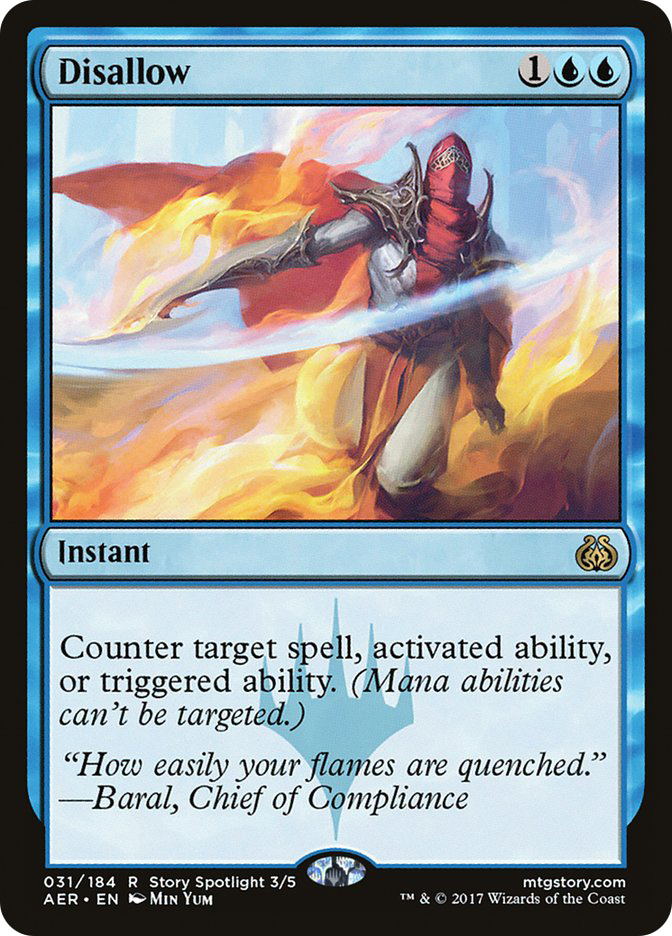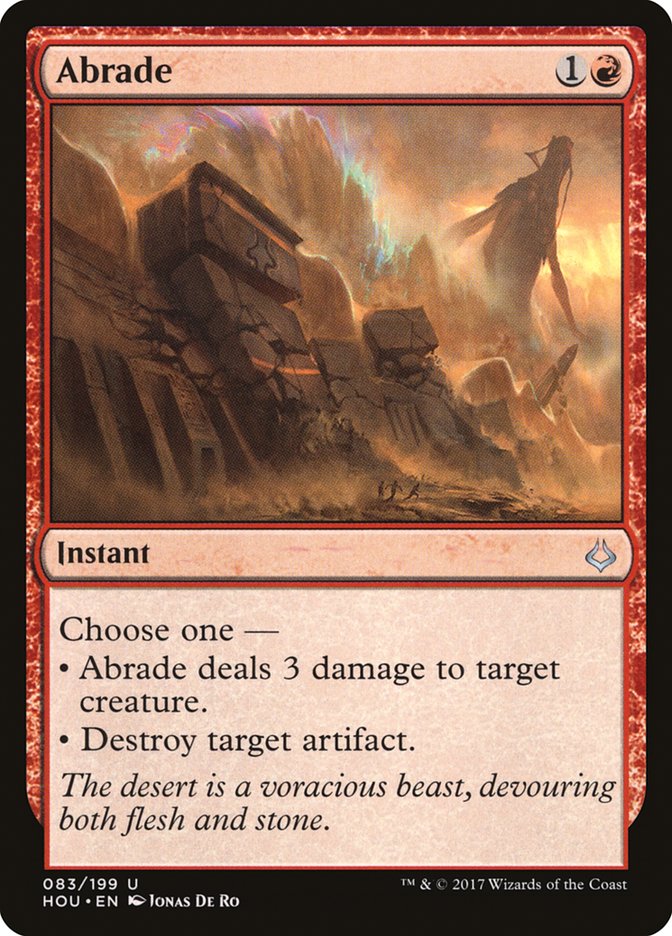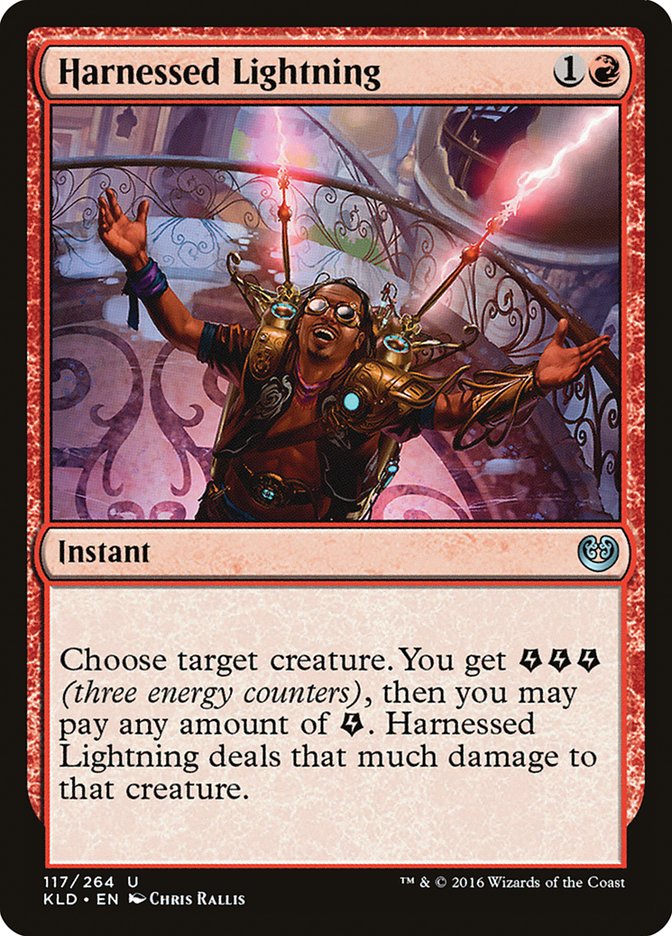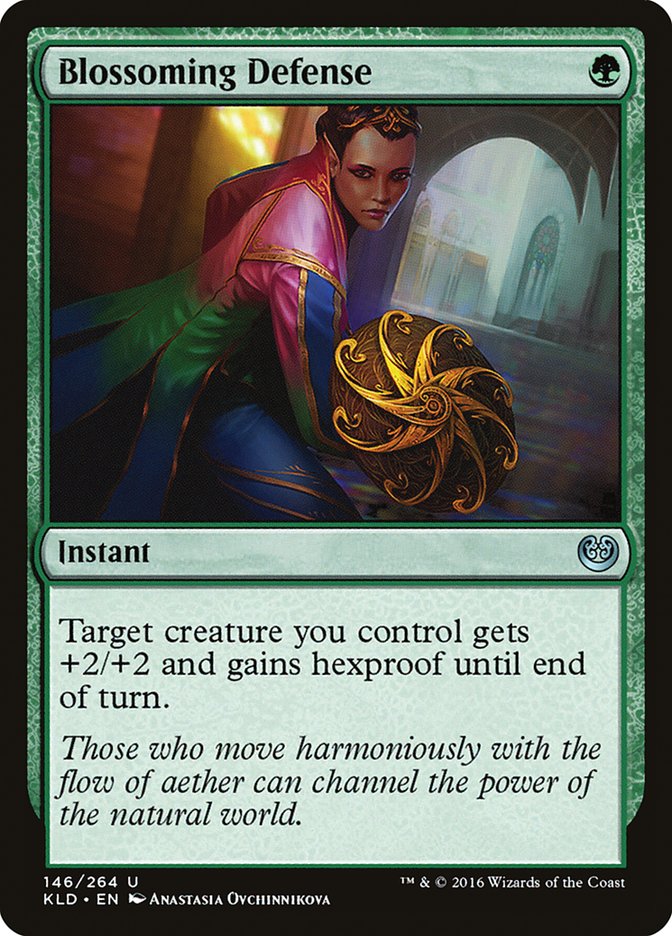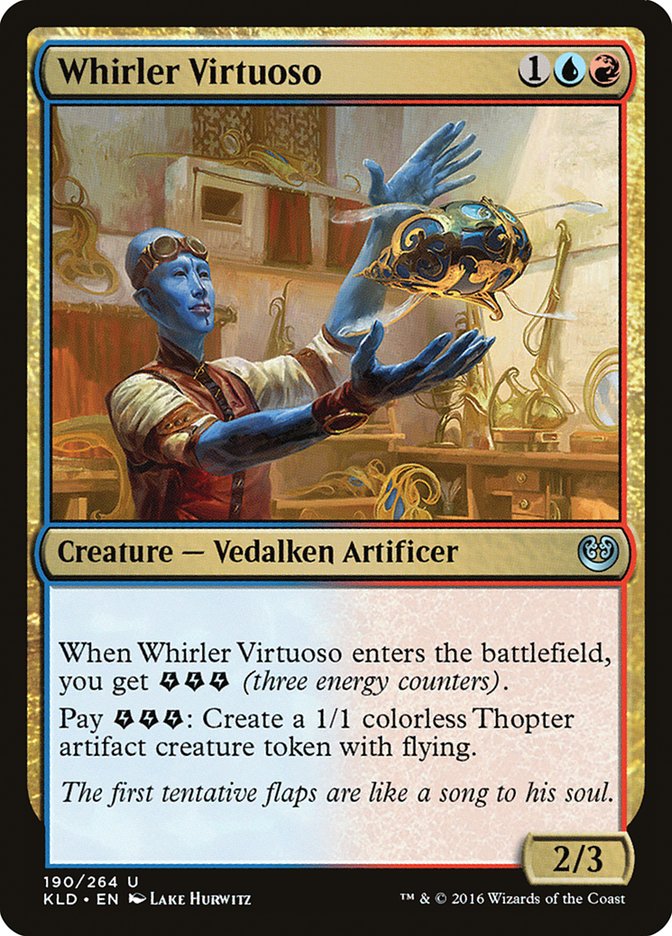Rivals of Ixalan
is nearly upon us, and that means we are smack-dab in the middle of
extreme-season. The time when we Magic players are inundated with awesome
new cards and quickly find ourselves having extreme reactions to them. It’s
easy to look at a new card and think of all the ways this card could win us
countless games of Magic.
So easy, in fact, that doing so has burned us before. You see a new card,
you brew a new deck. You’re excited about this deck. It’s the best deck
you’ve ever made, no, it’s the best deck anyone has ever made.
It’s going to break Standard in half and get you a shiny new trophy.
But it didn’t. You missed something, and now you’re jaded. Now you look at
a new card and you see all the ways this card can be beaten. All the things
your opponents can and will have to beat it with. You’ve gone from one
extreme to the other, but it’s still an extreme. We as a community tend
towards very strong reactions on new cards.
The prevailing wisdom is that it takes actual experience playing games with
the cards to get an idea of how good or not good they might be. There’s
truth to this, but I wouldn’t say that it’s true. Experience is best, but
there’s no reason we can’t get somewhat close by thinking things through.
We just have to think in less extreme ways.
I like to think through new cards in ways that mimic actual game
experience. That is, I like to focus on figuring out and thinking through
the play patterns that would arise if these cards were to be played. It’s
not that hard once you get the hang of it. I start with the best scenario
for the card, the powerful play it’s capable of that gets people excited in
the first place. Then I look at what the opponent can do to stop that, in
terms of the kind of cards they need and how they have to play them.
But it doesn’t stop there. The most important step is to go back to the
card in question and figure out how it would look when the opposition is
actively seeking to stop it from doing its thing. Will it be just a
handicap at that point, or can it provide some other, more subtle
advantage? Strength despite adversity is what sets great tournament Magic cards apart from those that never make it to the feature match
area.
Let’s look at a couple cards.
Hadana’s Climb
My eyes lit up when I first read this card, and they haven’t stopped
glowing since. It kind of makes sleeping a pain, but I’m managing. At least
the dreams I’ve been having are nice.
They start on turn 5, with me confidently deploying a Verdurous Gearhulk to
the battlefield and immediately slamming all four counters on it. Then
things get a little fuzzy in that dream way and all of a sudden it’s my
next turn. I play Hadana’s Climb and move to combat, putting a fifth
counter on my Gearhulk. As I reach forward to transform the Climb, I start
to hear this inhumane cackling all around me.
It’s at about this point every time, looking down at the unbelievable text
of Winged Temple of Orazca that I start to realize that the cackling is
coming from me. I activate the Temple and send an 18/18 Gearhulk flying across the battlefield at my faceless opponent. Without
fail, my thoughts of how to deal the last two points of damage get
interrupted by the blaring of my alarm clock. I suppose I’ll have to figure
that puzzle out for real a few weeks from now.
Alright, alright. Dreams aside, the power of Hadana’s Climb lies in its
ability to use both of its abilities on one creature inside of one
combat step. Since transforming into the Winged Temple of Orazca requires a
creature with three +1/+1 counters, our subsequent attack will be for at
least six points in the air, and likely considerably more. In our dreams,
this combination of abilities devastates our opponents. In the real world,
what’s their counterplay?
Enchantments are a hard card type to interact with in current Standard.
Sure, Vraska, Relic Seeker sees some play, but for the most part, Hadana’s
Climb is going to be a stable part of the game after it hits the
battlefield. Instead, the natural point of interaction for the opponent is
the creatures trying to make the climb.
And for the most part, this isn’t that difficult. It’s pretty easy to pick
off creatures once they get up to two counters and prevent them from
getting that third counter. One counter a turn is just extremely slow. But
can the Hadana’s Climb player do anything to speed it up?
Of course they can! Cards like Walking Ballista and Rishkar, Peema Renegade
are natural inclusions in a Hadana’s Climb shell. Walking Ballista could
come down on turn 4 with two counters and immediately flip the Hadana’s
Climb. Rishkar can bump a counter up to a second counter just before
Hadana’s Climb adds that third counter. And I haven’t even brought up the
best climbing aid there is yet.
Winding Constrictor has played nicely with Ballista and Rishkar before, and
would certainly do so again alongside Hadana’s Climb. Having a Constrictor
on the battlefield means that Climb adds two counters every turn, which in
turn means that the opponent has to worry about every creature with a
single counter on it suddenly getting two more and coming at them for a lot
in the air. So, what do they do?
Well, they lean more heavily on instant speed removal. The Climb player may
be able to materialize three counters in a single turn, but they can only
target one creature with the Climb trigger. If the opponent has a removal
spell ready for that creature they can prevent that big attack no matter
how many counter synergies the Climb player presents.
Historically, cards that force the opposition to play reactively end up
being good. If our Hadana’s Climb is forcing our opponent to leave up mana
every turn in fear of a massive attack, that’s good for us. All we have to
do is not
blink
. Our line should be to respect their open mana and just spread counters
around the battlefield, never looking to flip the Climb but amassing a
hefty battlefield advantage as the turns go by. It may not be attacking
with an 18/18 good, but this scenario is still pretty good for us.
Interestingly, we’re not done quite yet. It’s starting to seem likely that
what the opponent wants to do is let us flip the Hadana’s Climb,
and then kill our Winged Temple of Orazca target. This still denies us our
big attack, while also stopping us from accumulating counters turn after
turn.
As the Hadana’s Climb player, it’s important to note that our trigger is
not optional. If the only creature on our side of the battlefield as we go
to combat has two +1/+1 counters on it, we will be forced to find the
Winged Temple of Orazca. Playing a reasonably creature-heavy deck helps us
prevent this, and it’s cool to realize that if our only creature is a
Walking Ballista, we can always use up one of those counters before the new
one goes on.
Overall, I think Hadana’s Climb will prove to be an effective weapon in
midrange mirrors. Its ability to turn the corner quickly and assertively is
a prized one in those matchups and needs to be respected. The counterplay
is too easy and too strong when Hadana’s Climb is by itself, but with
enough synergies surrounding it, its ability to leverage the threat it
presents and turn it into significant on-battlefield value is impressive.
Rekindling Phoenix
We’ve seen a lot of different takes on the 4/3 Phoenix for four over the
years. The exciting thing about this one is that getting Rekindling Phoenix
back after death doesn’t cost you any mana. It doesn’t even take very much
time. So, if you put Rekindling Phoenix in your deck, what are you hoping
for?
Well, you are clearly looking to make use of the Phoenix’s resistance to
death, which means that you expect it to die, or at least for your opponent
to have the ability to kill it. You’re happy if you get to trade your
Phoenix for two cards of your opponent’s, or if you get to participate in
combat with the Phoenix turn after turn without permanently losing it.
Facing a Phoenix, you want to either deal with it once and for all without
using multiple cards or invalidate it completely in some other way. The
worst-case scenario for you is watching that Elemental token become a
Phoenix again in their upkeep. Cards like Vraska’s Contempt or Disallow are
the easy way to avoid that scenario, and the number of cards like that that
are played in Standard will affect how much play the Phoenix can see, but
they aren’t the whole story.
So let’s leave the clean answers aside and think about how games without
them play out. Ideally, the opponent wants to kill the Phoenix and then the
token it produces right away, and they don’t want to spend an entire card
on at least one of these goals. How can this be accomplished?
Standard being what it is, there are lots of ways to effectively deal with
creatures. Three toughness isn’t enough to save Rekindling Phoenix from
either Glorybringer or Skysoverign, Consul Flagship, and Walking Ballista
can deal with an 0/1 Elemental token for almost free. Combine one of these
methods with a removal spell, and dealing with both aspects of Rekindling
Phoenix in a single turn cycle is almost trivially easy.
Back to the Phoenix player, then. It seems pretty clear that on its text
alone, Rekindling Phoenix isn’t going to be much more than a nuisance to
the enemy. Clearly, we need to try and disrupt one of the kill spells. If
given the choice, we would like to be disrupting the second effect, as that
means whatever resources went into the first kill effect will have been
wasted when the Phoenix comes back to life.
Counterspells are perhaps an appealing option towards this end. Let the
Phoenix go down, and then counter the spell that tries to deal with the
Elemental token. Disallow can accomplish that no matter how the enemy
planned to get rid of the Elemental token. What happens if we make this our
plan?
When facing down a Phoenix, there are two options: The first is deal with
it as cheaply as possible; the second is to ignore it. The problem with the
counterspell defense line from the Phoenix player is that it makes ignoring
the Phoenix too easy. By refusing to kill the Phoenix, they force you to
leave up mana for that counterspell turn after turn which makes you fall
behind as the game progresses.
They choose to ignore the Phoenix and just develop their battlefield. You
need to get something out of this Phoenix. If you choose to attack with it,
they will just attack you back and very likely win the race by a
significant margin, as your counterspells aren’t providing you with
additional pressure. If you keep the Phoenix back to block, they just
choose to not attack until they are far enough ahead that the advantage you
gain from getting your Phoenix back no longer matters.
You have two options to combat this: You can make your attacks matter, or
you can punish them for playing passive and developing their battlefield.
You make your attacks matter by playing additional sources of pressure and
potentially some sort of burst reach, like burn spells. This deck is
starting to sound like a somewhat tempo-oriented “counter burn” deck, an
archetype that is effective when it lines up–but that the cards rarely
line up for. If such a deck looks to exist in Standard, Rekindling Phoenix
would likely be great in it.
Punishing them for playing passive and developing is a much easier goal to
accomplish; you just have to play a control strategy. If your deck has
Wrath effects and a powerful top end, buying a few turns by cowering behind
a Rekindling Phoenix sounds great. The main problem with this idea is that
the Rekindling Phoenix itself doesn’t really mesh with the rest of the
plan. It’s a sorcery-speed card that costs four mana, so getting it onto
the battlefield in the first place is going to open a hole in your
defenses. The defense it offers is reasonable but not particularly
impressive.
A control strategy might have the most to offer Rekindling Phoenix, but
Rekindling Phoenix doesn’t have very much to offer a control strategy. The
potential I see here is in the sideboard, when Phoenix can come in after a
lot of the creature removal is gone and it requires much less defending.
Sideboarding into Rekindling Phoenix gives control decks the ability to
better manage troublesome planeswalkers and lets them swerve their game
plan to stop their opponents from getting too comfortable.
Alright, let’s back up. Where can we look to besides counterspells for
ability to protect the second half of our Rekindling Phoenix?
If we’re playing the Phoenix in a midrange deck that will be content with
trading the Phoenix for two of our opponent’s cards, we don’t have to worry
about protecting it from double Harnessed Lightning. What we are worried
about is our opponent’s recurring, permanent-based ways of dealing with it,
like Glorybringer and Skysovereign. These are what we would like to stop,
as we are perfectly content just trading Phoenix for two full spells.
Dealing with Glorybringer isn’t so difficult; we just need to keep removal
up for it. Our dream is for our opponent to use a Harnessed Lightning on
our Phoenix in our end step, then untap and play a Glorybringer that we
have a Chandra’s Defeat for. Our Phoenix comes back and we’re up a
Harnessed Lightning and they still have to deal with our Phoenix.
To combat this, the opposition should try and use the removal we can
interact with first. If they go to Glorybringer and we have an
answer, they can just not use the Harnessed Lightning at all. If our
Phoenix isn’t exactly on curve, setting up for such a play isn’t
particularly onerous. We shouldn’t expect to consistently get free value
out of our Phoenix.
Of course, if the second half of their removal equation is an in-hand
Skysovereign or Walking Ballista, it gets even harder to protect our
Phoenix. Blossoming Defense is one of our few options, and even then we’re
not pulling ahead, just trading our Blossoming Defense for whatever removal
spell they led with. Which, if we’re being honest, is what Blossoming
Defense always does. Really, we shouldn’t expect for our Phoenix to provide
too much of an obstacle for our opponent.
The thing Rekindling Phoenix does do, however, is force a little
awkwardness for our opponent. They can deal with it without losing card
advantage, sure, but they can’t necessarily do so right away. We can find
good spots to cast the Phoenix onto the battlefield, provide it with token
amounts of protection, and often get an attack or two in before they
assemble what they need to answer it. If those couple of attacks benefited
us more than casting the Phoenix cost us, this sounds okay.
Unfortunately, it’s hard for me to believe that those couple of attacks
will do us very much good in a Whirler Virtuoso world. If they matter, they
will just get a Thopter token. We could have played a four-drop like
Chandra, Torch of Defiance or Vizier of Many Faces instead and gotten the
actual card advantage the Phoenix is unlikely to ever give us.
Things change though, and I’ll be keeping Rekindling Phoenix in mind for a
time when permanent-based solutions to creatures are rarer or a time when
having a 4/3 flying attacker for a couple of turns is a huge asset. Even in
the current Standard environment there are matchups where these
circumstances are the norm, and Rekindling Phoenix may have a promising
future as a sideboard card.



